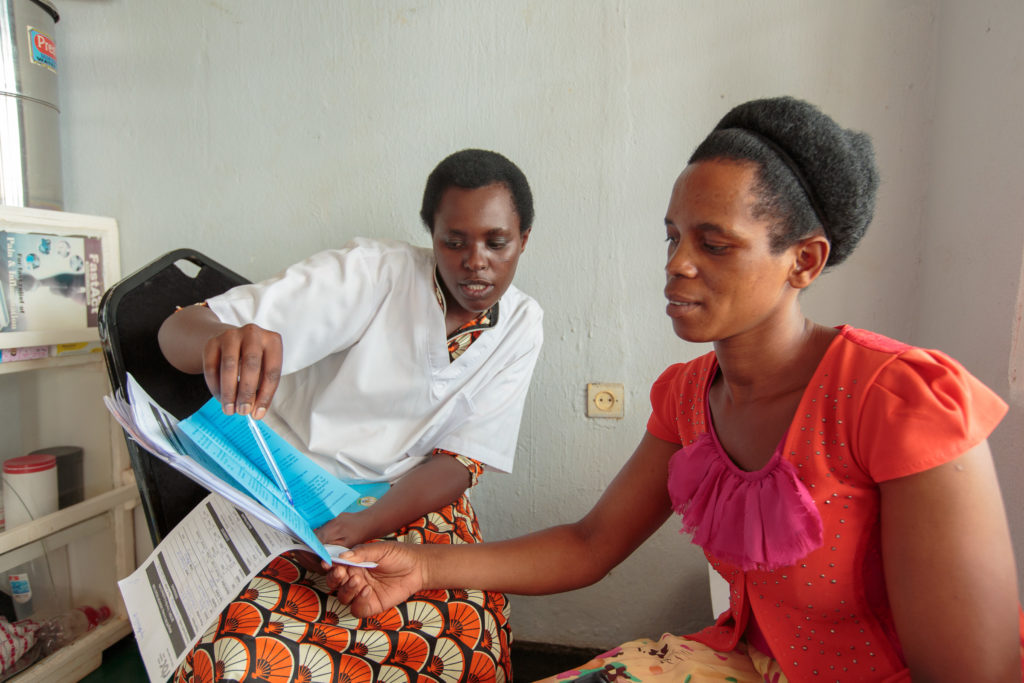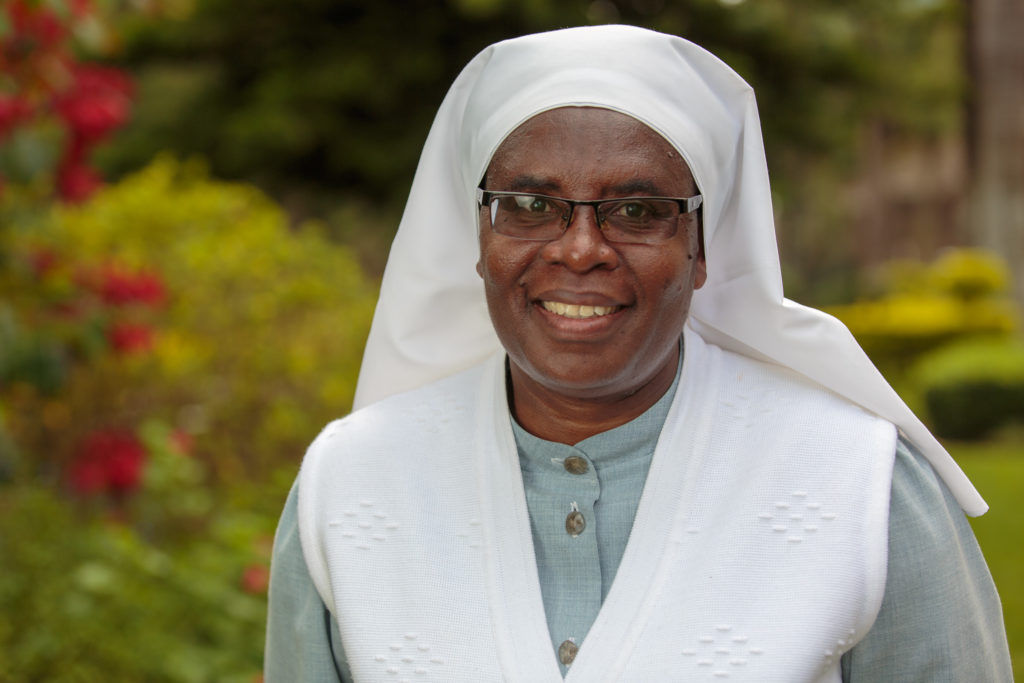Twenty-five years ago, tackling a challenge as large as the elimination of a deadly disease in five years was unthinkable in Rwanda. In 1994, the country had just emerged from a devastating genocide which took the lives of over one million people and left its health system in tatters. Yet in December of 2018, Rwanda did just that; committing itself to eliminating hepatitis C (HCV) by 2024. Achieving this goal will not only make Rwanda the first country to eliminate the disease in sub-Saharan Africa, but will also place it six years ahead of the 2030 global target for elimination set by the World Health Organization (WHO).
There are an estimated 71 million people chronically infected with HCV globally, resulting in around 400,000 deaths from liver disease each year. In Rwanda, over 120,000 people are living with HCV, an estimated 4 percent of the population. This is despite the fact that HCV is curable in over 95 percent of cases with direct acting antiviral (DAA) medication.

Nurse explaining HCV screening to a patient.
Since launching its viral hepatitis program, Rwanda has taken an aggressive approach to combating the disease. By the end of 2018, around 700,000 people were screened for HCV and 10,000 treated and cured. The government began this work by identifying and treating HCV in people living with HIV taking antiretroviral medication, followed by the entire prison population and those over the age of 45 in high-burden districts.
Over the next five years, Rwanda’s new HCV elimination plan will screen four million people aged 15 and above. It includes a major scale-up of screening sites, laboratories equipped with viral load testing, as well as doctors and nurses who can prescribe DAA treatment.
According to Professor Jeanine Condo, Director-General at the Rwanda Biomedical Center, “Our goal is for Rwandans in even the most remote areas of the country to access screening and treatment.”
Like most countries, HCV patients in Rwanda were historically treated by only a tiny number of specialized practitioners. By adopting a public health approach and decentralizing care away from specialists to general practitioners at the district level, Rwanda was able to rapidly use screening data to identify and target high-risk populations for diagnosis and treatment and extend services to populations that would otherwise go untreated. Screening for HCV is critical since most people who have the disease do not know until they start showing symptoms, often with late stage liver disease such as cirrhosis or cancer. By then it is often too late for treatment.
“We have already treated more than 15,000 people, and we screened more than a million,” stated Dr. Sabin Nsanzimana, Division Manager for HIV and Viral Hepatitis at the Rwanda Biomedical Center. “This was a big step and we showed hepatitis C detection and treatment was possible. So we knew we had to go even further. We had the political commitment and partnership support to do it.”
Critically, the Rwandan government has also negotiated significant reductions in the cost of medications and diagnostics from over US$3000 to under US$90 per cure. This sharp decline was driven by the negotiation of quality-assured generic drug pricing for DAAs down to US$60 per course. Due to falling generic drug prices, Rwanda estimates that they can eliminate HCV with a five-year budget of less than a third of what it costs to run the country’s HIV program for a single year.
“The DAAs are a revolutionary breakthrough,” said Dr. Emmanuel Musabeyezu, one of the first four hepatitis specialists in Rwanda. “Patients take daily tablets for three to six months. There are almost no side effects. And the cure rate is 95 percent.”
Prior to the introduction of DAAs in 2014, people diagnosed with hepatitis C were typically offered a series of expensive and often ineffective injections with significant side effects. Dr. Marie Beata Murekatete lost many patients to hepatitis C, “Being diagnosed with hepatitis C automatically meant death for my patients.”

Dr. Marie Beata Murekatete
“Success with implementation and the treatment price reduction meant we could go even further with our hepatitis C plans. We could aim to eliminate hepatitis C,” stated Dr. Nsanzimana.
Even with the high success rate of DAAs, only 12 countries are on track to eliminate the disease by 2030. Nine of these are high-income countries, even though 90 percent of cases occur in low- and middle-income countries. This is largely due to lack of awareness that a cure is available and limited funding to help countries reach elimination goals.
CHAI, alongside partners including Partners in Health, MTEK Sciences, the University of Maryland, and Duke University, are supporting Rwanda in its efforts to eliminate the disease. Rwanda has also committed to cover 50 percent of the cost of HCV elimination over the next five years through domestic funding.
It will take a commitment from members of the global health community to reach this ambitious target. Doing so will not only save the lives of thousands of Rwandans, but will serve as a model to other countries to set ambitious targets to eliminate the disease.
Rwanda’s Minister of Health, Dr. Diane Gashumba stated, “We as a government welcome everyone’s contribution -development partners, church leaders, the private sector, and Rwandans – we welcome everyone’s contribution to this journey. We believe we can achieve hepatitis C elimination.”
CHAI’s Country Director for Rwanda, Sidonie Uwimpuhwe stated, “It is essential that partners act now to support the hepatitis C elimination plan and save lives.”
Learn more about Rwanda’s ambitious plans for HCV elimination here.





